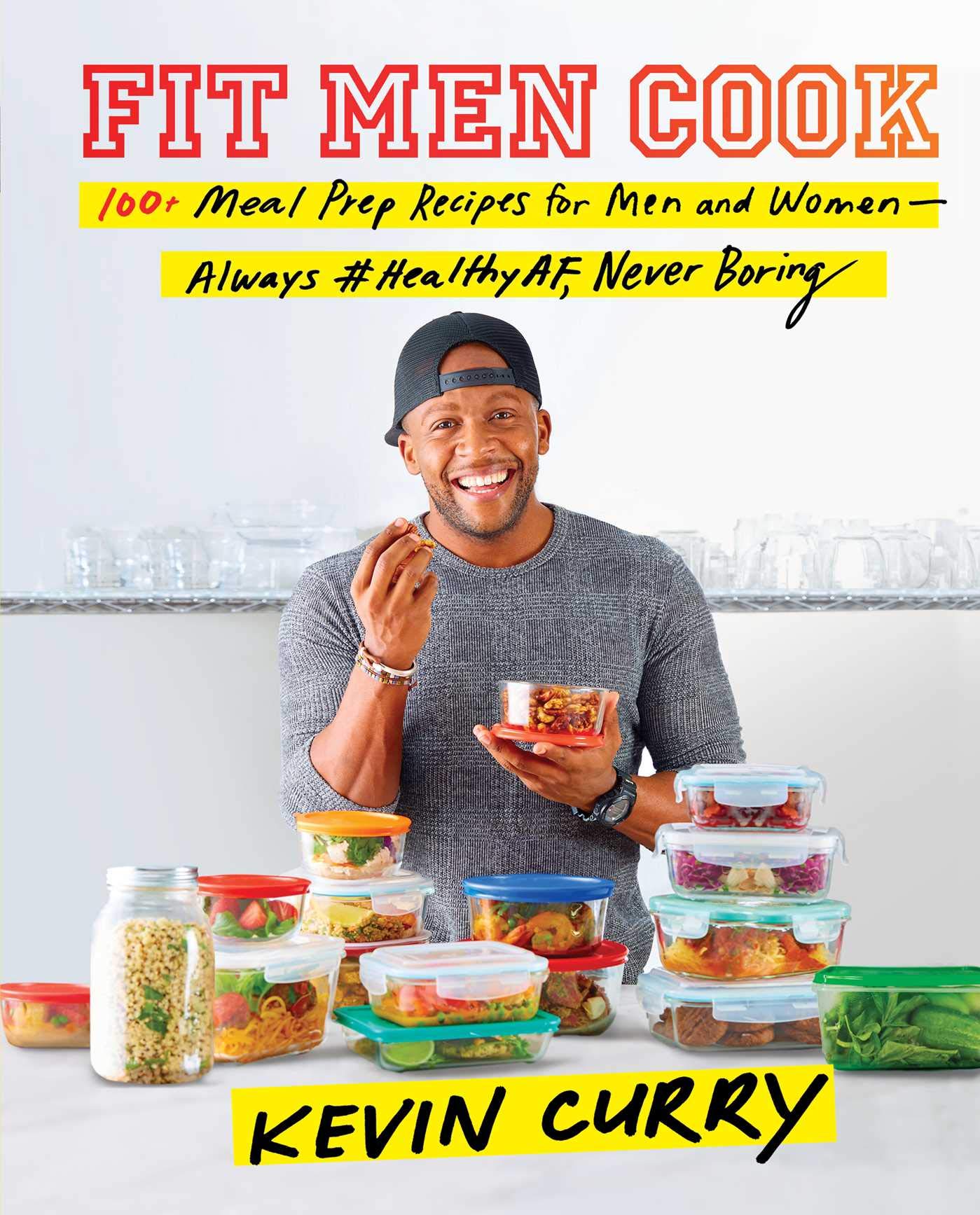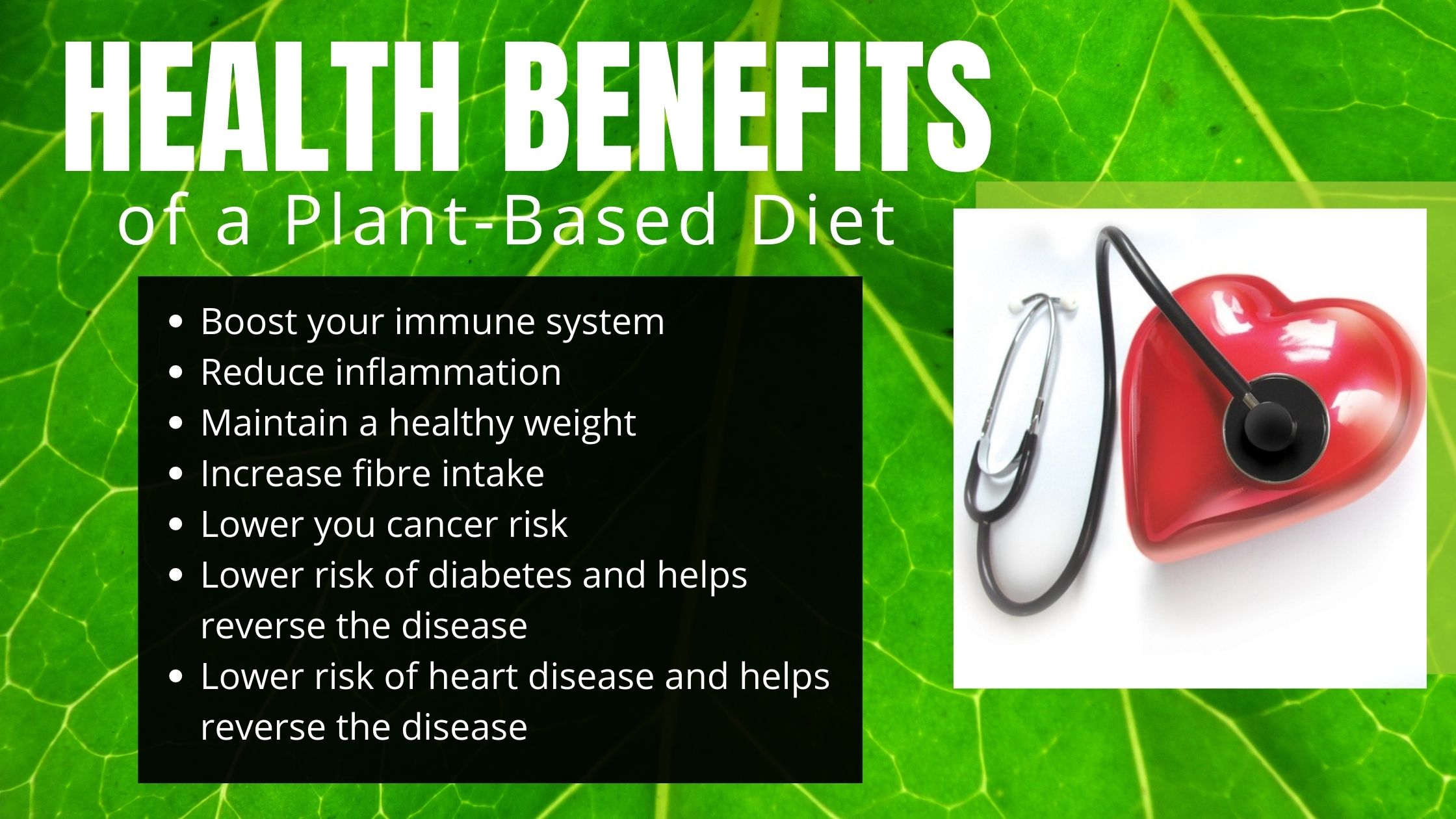
A vegan child diet can be challenging for parents. Your child may lose weight due to the diet. You might need to adjust your child’s growth rates. There are many meat alternatives that you can offer your child and make them feel at ease. It is important to become familiar with the different options to meat before you make the transition for your child. Your child might have difficulty adapting to this diet because most vegans don’t mind eating meat.
Vitamin B12
Vitamin B12 is critical for the health and development of a child’s nervous system. Vitamin B12 is naturally produced in the human digestive tract. However, it is not easily available and must be taken from external sources. Vitamin B12 deficiency can be especially dangerous for infants, who often show symptoms sooner than adults. Deficiency can lead coma or death, as well as lack of energy. A vegan parent must set a good example by providing sufficient vitamin D12 for their child.

Vitamin C
Veganism is the best method to ensure that your child has adequate Vitamin C. This will ensure that your child is getting enough Vitamin C to be strong and healthy. To help build strong bones, children need to get plenty of Calcium. They will gain forty-five percent of the bone mass in their first eight years. The remainder of the 10 percent is lost over the next ten. Supplementation is required in order to make up the missing 10 percent.
Calcium
Your child will need a steady supply to ensure a healthy bone structure and healthy teeth. Calcium is a key nutrient during the growth period, when nearly half of the child's bone mass is created. Another half is formed during the next eight-year period, and the remainder is formed within the next 10 year. Vegan children must have sufficient calcium intake.
Vitamin E
In particular, the low levels of vitamin E or vitamin A in a vegan diet for children is concerning in the very early years. But, these deficiencies aren't the only consequence of veganism. A vegan diet can put children at risk of developing nutritional deficiencies like anaemia. Insufficient intakes of these nutrients could also negatively impact the child’s vision and immune system.
Iron
Iron is an important nutrient that a child growing up needs. Whether you are a vegetarian or vegan, your child will need this mineral in order to develop properly. Many parents are worried about their child's iron intake. The good news? There are many plant foods that are rich in iron which you can easily incorporate into your child’s diet.

Vitamin K
Vitamin K is vital for blood clotting. It is important to ensure that you have sufficient vitamin K in your diet. Vitamin K is also helpful in the prevention and reduction of certain types of cancers. It also acts as a chaperone for calcium, directing it to the bones and reducing the risk of osteoporosis. It is especially effective when used in combination with Vitamin D.
FAQ
How can I live a life that is full of joy every day?
To live a happy life, the first step is to discover what makes you happy. Once you are clear about what makes you happy and satisfied, you can move on to the next step. You can also ask other people how they live their best lives every day.
You might also enjoy books like "How to Live Your Best Life", by Dr. Wayne Dyer. He discusses finding happiness and fulfillment throughout our lives.
What is the difference of a virus from a bacteria?
A virus is a microscopic organism that cannot reproduce outside its host cell. A bacterium can be described as a single-celled organism which reproduces by splitting in two. Viruses have a very small size (approximately 20 nanometers), while bacteria can grow to a maximum of 1 micron.
Viruses are spread via contact with infected bodily liquids such as urine, saliva, semen and vaginal secretions. Bacteria are usually spread through direct contact with contaminated objects or surfaces.
Viral infections may enter the body through cuts, scrapes. bites and other skin breaks. They can also be transmitted through the eyes, nose, mouth, ears, vaginal, rectum, and anus.
Bacteria can get into our bodies through cuts, scrapes and burns, insect bites, or other skin breaks. They may also be introduced into our bodies through food and water as well as soil, dirt, dust, and animals.
Both bacteria as well as viruses can cause illness. Viruses cannot multiply in their host cells. They can only infect living cells and cause illness.
Bacteria can cause illness by multiplying in the body. They can also invade other parts of your body. That's why we need antibiotics to kill them.
How do I get enough vitamins?
You can obtain most of your daily requirement through diet alone. However, if you are deficient in any particular vitamin, taking supplements can help. A multivitamin can contain all the vitamins that you need. Or you can buy individual vitamins from your local drugstore.
Talk to your doctor about the best foods for vitamins if you're concerned about not getting enough nutrients. You can find vitamins K and E in dark green leafy vegetable such as spinach, kale and turnip leaves, as well romaine lettuce and arugula.
If you are not sure how much vitamin you should be consuming, ask your doctor. Your medical history and your current health status will help you determine the best dosage.
Statistics
- WHO recommends reducing saturated fats to less than 10% of total energy intake; reducing trans-fats to less than 1% of total energy intake; and replacing both saturated fats and trans-fats to unsaturated fats. (who.int)
- This article received 11 testimonials and 86% of readers who voted found it helpful, earning it our reader-approved status. (wikihow.com)
- According to the 2020 Dietary Guidelines for Americans, a balanced diet high in fruits and vegetables, lean protein, low-fat dairy and whole grains is needed for optimal energy. (mayoclinichealthsystem.org)
- In both adults and children, the intake of free sugars should be reduced to less than 10% of total energy intake. (who.int)
External Links
How To
What does the "vitamin") mean?
Vitamins are organic compounds found naturally in food. Vitamins help us absorb nutrients from foods we eat. Vitamins cannot come from the body so food must provide them.
There are two types: water-soluble and fat-soluble vitamins. Water-soluble vitamins dissolve readily in water. Vitamin C,B1(thiamine), B2 (2riboflavin), and B3 (3niacin), as well as vitamin C,B1, B2 (riboflavin), and B3 (niacin), vitamin B6 (pyridoxine), vitamin folic acid (biotin), pantothenic, and choline are examples. The liver and fatty tissues are home to fat-soluble vitamins. Some examples include vitamin D and E, K, A, beta carotene, and A-vitamins.
Vitamins are classified according to their biological activity. There are eight major vitamin groups:
-
A - Vital for healthy growth.
-
C – essential for proper nerve function.
-
D - Vital for healthy bones and teeth
-
E - needed for good vision and reproduction.
-
K - Required for healthy nerves and muscles.
-
P - vital for building strong bones andteeth.
-
Q - aids in digestion of iron and iron absorption
-
R - Red blood cells are made from red blood cells.
The recommended daily allowance of vitamins (RDA), varies depending upon age, gender, physical condition, and other factors. The U.S. Food and Drug Administration has established the RDA values.
For adults aged 19 and older, the RDA for vitamin B is 400 micrograms daily. Pregnant mothers need 600 micrograms a day to ensure fetal growth. Children ages 1-8 require 900 micrograms per day. Babies under one-year old need 700 micrograms per daily. Between 9 and 12 month, however, this drops to 500 mg per day.
Children aged 1-18 require 800 micrograms of sugar per day, while those who weigh more than 1200 need 1000. For their nutritional needs, underweight children need 1200 mg per day.
Children between 4-8 years of age who have been diagnosed by anemia must consume 2200 micrograms daily of vitamin C.
2000 micrograms are required daily for good health in adults over 50. Breastfeeding or pregnant women require 3000 micrograms per daily due to higher nutrient demands.
1500 micrograms is the recommended daily intake for adults aged 70+, as they lose 10% of their muscle every ten years.
Women who are pregnant, nursing or breastfeeding need more than the RDA. Pregnant women require 4000 micrograms daily during pregnancy, and 2500 micrograms every day after birth. Breastfeeding mothers require 5000 micrograms daily when breast milk production is occurring.